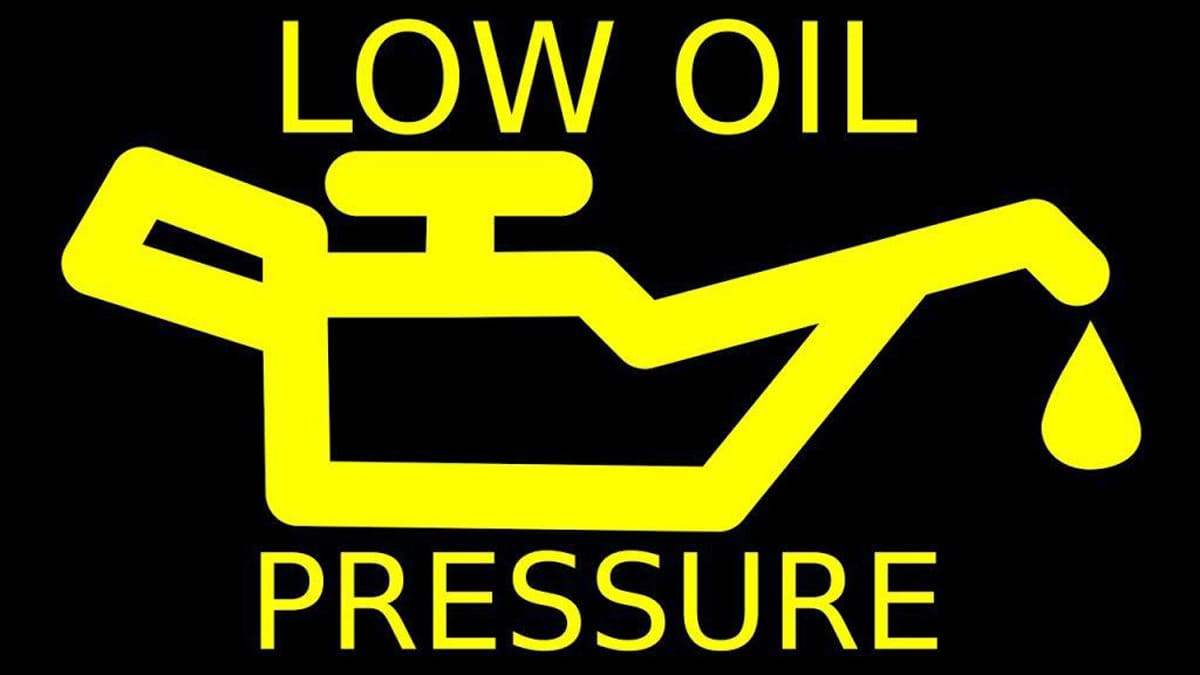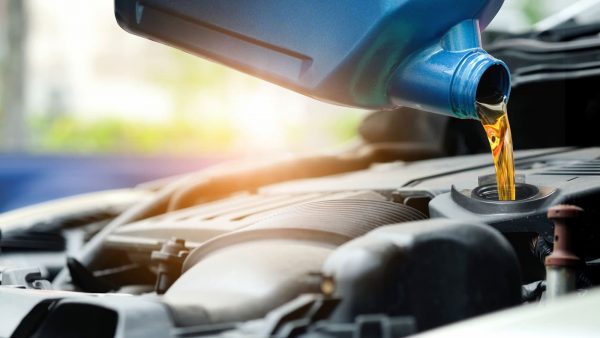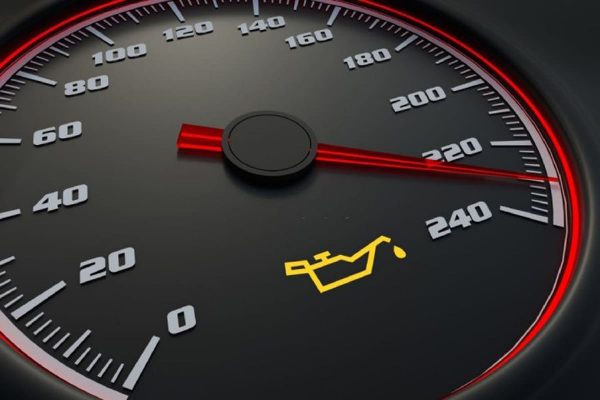In an era where our reliance on vehicles transcends mere convenience and evolves into an indispensable part of our daily existence, the importance of understanding and interpreting the various signals our vehicles emit cannot be overstated. This understanding is critical for preserving their operational integrity and ensuring their longevity. Among the most significant of these signals is the vehicle’s Oil Pressure Light Alert. Ignoring these alerts can lead to dire engine problems, making it imperative for vehicle owners to be well-versed in the nuances of this alert system. This article endeavors to shed light on the diverse causes that can activate the Oil Pressure Light, providing detailed insights into the various solutions to effectively tackle these alert situations.
Deepening Our Understanding of the Oil Pressure Light’s Role
The Oil Pressure Light in vehicles is an indispensable indicator, signaling that the engine might be running low on the necessary lubrication for smooth operation. This lubrication, provided by the engine oil, is crucial for ensuring the engine’s optimal performance and its durability. Acknowledging and responding to the oil pressure light is not just a recommendation; it’s an essential aspect of vehicle maintenance. Typically, this light illuminates when the oil pressure falls beneath a certain level, indicating potential issues that, if left unaddressed, could lead to significant engine damage.
The significance of the oil pressure light extends beyond being a simple, irritating signal on your vehicle’s dashboard. It is ingeniously designed to act as a discreet yet potent reminder that the engine’s vital layer of oil might be compromised. The role of oil under pressure is paramount in keeping engine components separated, thereby minimizing friction and reducing wear and tear within the engine. As such, an alert in this area warrants serious attention, as it pertains directly to the engine’s health, the heart of your vehicle.
Uncovering the Varied Causes Behind Oil Pressure Light Activation
A multitude of factors can lead to the activation of the oil pressure light. One of the most common reasons is a reduction in oil levels, which can occur due to various reasons such as oil leaks or not changing the oil at recommended intervals. In these cases, the insufficient quantity of oil fails to provide adequate lubrication, causing a decrease in oil pressure and triggering the warning light.
A defective oil pressure sensor is another common cause. This sensor, like any other mechanical component, is susceptible to failure, which can result in misleading warnings. An increase in oil temperature can also lead to a reduction in oil pressure. When oil temperature rises, it tends to thin out, losing its ability to maintain optimal pressure. Furthermore, engine wear is a significant factor to consider. Over time, as engines experience natural wear and tear, their internal mechanisms become less efficient, leading to widened oil passages and a consequent drop in oil pressure.
Elucidating the Intricate Connection Between Oil Pressure Indicators and Potential Engine Damage Hazards
Overlooking the critical signals of oil pressure alerts in a vehicle is a grave oversight that can precipitate severe consequences for the health of the engine. When an engine operates with inadequate lubrication, it is immediately exposed to a host of dangers. The most prominent among these is the heightened friction between the engine’s moving components, which accelerates their degradation. This increased wear and tear can lead to a domino effect of mechanical issues, such as the erosion of bearings and the malfunction of pistons, thereby exponentially elevating the risk of a catastrophic mechanical failure.
The peril of engine seizure looms large in such scenarios. Due to the lack of proper lubrication, the extreme friction and consequent heat within the engine can cause the moving parts to meld together, resulting in the engine’s complete immobilization. Moreover, continual neglect of these oil pressure warnings escalates the chances of a total engine collapse, a scenario that is not only highly inconvenient but also entails substantial financial implications for the vehicle owner.
Expanding the Horizon of Risks from Ignored Oil Pressure Alerts
The implications of consistently ignoring oil pressure light warnings extend far beyond the mechanical integrity of the engine. This negligence has a pronounced negative impact on the vehicle’s overall performance metrics. An engine starved of essential lubrication suffers from compromised operational smoothness, manifesting in diminished power output, a decrease in fuel efficiency, and a significant reduction in the engine’s lifespan.
The ramifications of this negligence are not confined to the engine’s performance alone; they also have substantial economic implications. The financial burden of repairing or replacing an engine damaged due to insufficient lubrication is typically much more substantial than the costs associated with routine maintenance and care. Therefore, acknowledging and responding promptly to oil pressure light alerts is paramount. This proactive approach is not only essential for maintaining the engine’s performance and longevity but also for averting the steep financial costs associated with major engine repairs or replacements, thereby ensuring the vehicle’s overall health and the owner’s peace of mind.
Advanced Strategies for Addressing and Preventing Oil Pressure Light Alerts in Vehicles
Delving deeper into the issue of oil pressure light alerts, it’s crucial to understand and address the various factors that can trigger this warning. When the light comes on due to a decrease in oil levels, the primary step is to promptly refill the oil to the manufacturer’s recommended level. However, if an oil leak is the source of the problem, it’s essential to not only fix the leak but also ensure the oil is replenished to its proper volume.
In cases where the oil temperature is excessively high, it’s advisable to undertake a comprehensive assessment of the vehicle’s cooling system to pinpoint and rectify any issues. If the oil pressure light is activated due to a faulty sensor, the best course of action is to seek the expertise of a qualified mechanic who can either repair or replace the sensor as needed. In situations where engine wear is evident, a thorough evaluation is needed to determine whether a complete engine overhaul or specific repairs are necessary, depending on the degree of wear.
Enhancing Vehicle Maintenance Practices to Avoid Oil Pressure-Related Problems
The importance of preventative measures in vehicle maintenance cannot be overstated. Regularly scheduled maintenance is a key factor in ensuring the oil pressure remains within the vehicle’s specified range, thus preventing the oil pressure light from being triggered. This includes following the manufacturer’s guidelines for timely oil changes.
Regular inspections to identify any signs of leaks, wear and tear, and consistent monitoring of the oil level are essential practices in early detection and avoidance of oil pressure issues. Another critical factor is the use of high-quality oil that meets or exceeds the manufacturer’s specifications, which plays a significant role in maintaining engine health and performance. Embracing a comprehensive and proactive approach to vehicle maintenance is instrumental in mitigating potential oil pressure problems.
In conclusion, gaining an in-depth understanding of the causes behind oil pressure light alerts and implementing immediate and appropriate remedial actions are crucial for avoiding expensive repairs in the future. Every warning sign from a vehicle is an indicator of a potential issue that requires attention. Adhering to a strict maintenance schedule is paramount in mitigating these risks and ensuring the vehicle’s durability and optimal functioning. Ultimately, the responsibility for maintaining a vehicle’s health and ensuring its longevity rests in the hands of the owner, and making informed and judicious decisions is key to avoiding future complications and ensuring a smooth driving experience.



